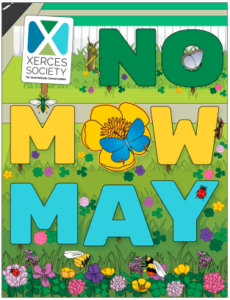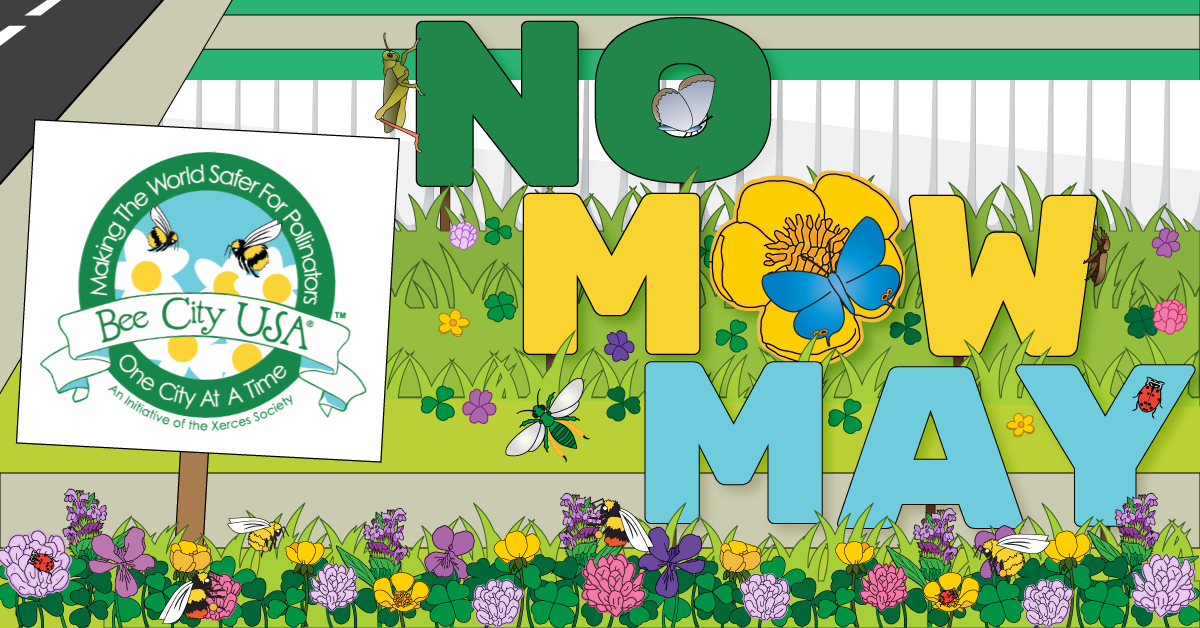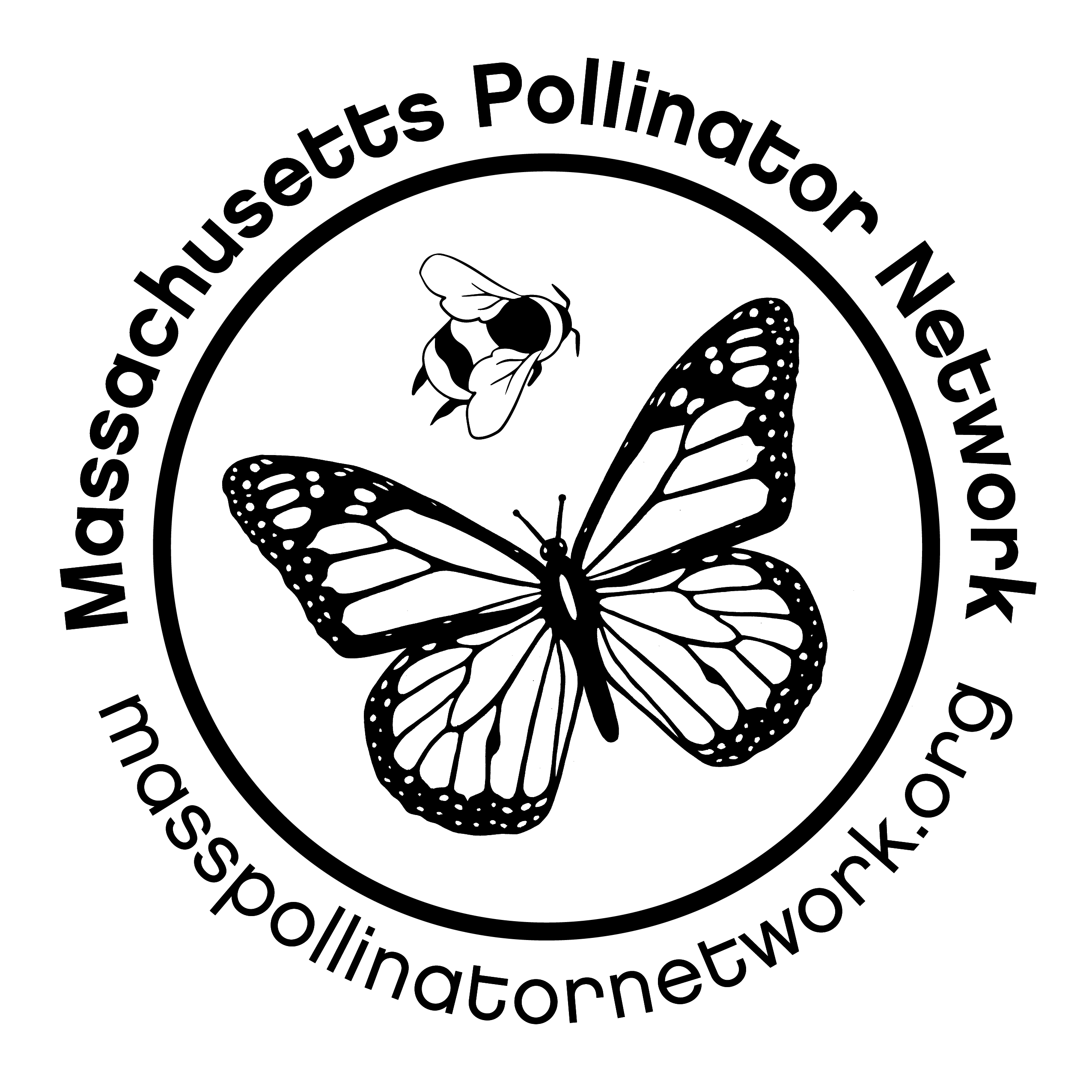 Research conducted by a team that includes Joan Milam and Susannah Lerman of UMass Amherst shows that the simple act of reducing how often you mow can improve local pollinator abundance and diversity (more info here).
Research conducted by a team that includes Joan Milam and Susannah Lerman of UMass Amherst shows that the simple act of reducing how often you mow can improve local pollinator abundance and diversity (more info here).
With origins in the U.K., “No Mow May” is a conservation initiative to increase spring resources for flower-reliant insects by allowing non-grass lawn plants like clover, wild violets, dandelions, and self-heal to bloom. You can read more at https://beecityusa.org/no-mow-may/.
If you aren’t sure about not mowing your entire yard, just try a patch. Try an area with “weeds” that might flower, rather than a section that’s uniformly turf grass. This act might inspire you to do more next year, such as converting that piece of your lawn to native flowering groundcovers or perennials.
In addition to helping spring pollinators, No Mow May is a great time to educate friends and neighbors about pollinator health! We encourage making a sign to pique the curiosity of passers-by and to communicate to neighbors that you are engaging in a month of purposeful inaction – and hope they will, too!
More information and printable signs from Xerces here. For additional bee-friendly lawn advice, including native lawn alternatives, click here. Prunella vulgaris is one such option and it supports at-risk bumble bees. Check with your nearest native plant vendor (see our list here) to see if they stock it!
Towns like Lexington and Northampton are engaging in town/city-wide No Mow May campaigns. Is your town or city also doing this? Let us know! Email rosemary@nofamass.org with information about your community efforts.




Leave A Comment